Eco-horror isn’t a sub-genre that gets talked about a ton unfortunately. It can be anything from animals attacking due to their sudden craving of human flesh like Grizzly or even just due to man not putting enough respect on the name of nature like in Long Weekend. The hey day of these is undoubtedly the 70s with things like Prophecy, The Swarm, Piranha, Phase 4, and a few other standouts. While the output certainly slowed down, there are more than a few standouts in the late 90s and even 21st century. We can’t seem to stop screwing up the planet and as we do, we get reminded that the planet may just fight back in ways like what is shown in Day After Tomorrow or to a hilarious degree in The Happening. A unique one that failed to make its budget back, even with good reviews and scores, is a found footage movie directed by someone who isn’t traditionally a horror guy. These are all the ingredients for a typical black sheep so let’s look at what makes 2012’s The Bay (watch it HERE) so special.
Let’s get this out of the way before getting too far into the video. The Bay has its flaws. The main character portrayal is somewhat annoying, and they use a lot of unknown or little-known actors in roles and many of them also fall kind of flat to a distracting degree. The main character of Donna is played by Kether Donahue. It’s unfortunate that her performance her is so wooden because she is a very active actress both in voice acting and in front of the screen with long runs in series like You’re the Worst and B Positive. “That guy” actor Chistopher Denham, TV mainstay Frank Deal, and Cabin in the Woods star Kristen Connolly are the names that both stand out and are recognizable when you see them on the screen. I can’t tell if it’s the script, the directing, or just the way they took the characters that come across as a little off when you watch it. The good thing is that the movie is lent another dimension of realism due to this odd approach.
I mentioned the director not being the first name to come to mind and that’s because honestly, what do you think of when I talk about Academy Award winner Barry Levinson? While he has done some great stuff like 1982’s Diner, Rain Man, and Wag the Dog, he hasn’t done much horror. In fact, the closest thing to horror besides this is Toys starring Robin Williams. I’m kidding. That movie gets a lot of hate, but I like it and kind of grew up with it. The credited writer is Michael Wallach, and this is his only credited movie. What’s interesting about the genesis of The Bay is that it was never intended to be a horror movie. Levinson was asked to produce a documentary about the pollution problems facing the Chesapeake Bay up in the mid-Atlantic. Levinson was on board until he realized that Frontline had already done a piece on it. Not to waste the research and still get the word out about a very real issue, Levinson decided to turn this horrific true story into a horror movie that he boasted is “about 80% accurate factual information.”
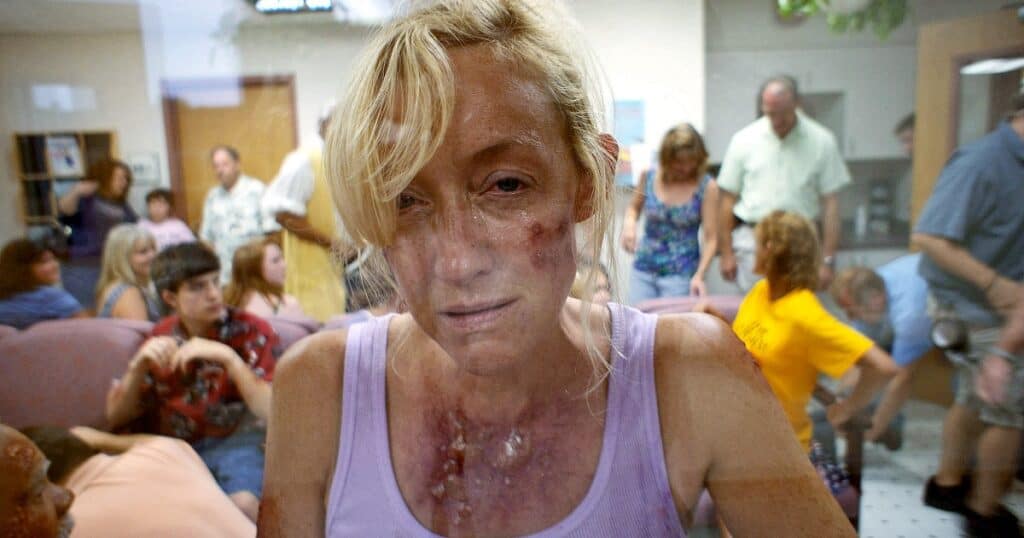
The script was shorter at first with fewer characters, but Levinson decided to turn it into the popular found footage style of film. Not to capitalize on current trends or make a killing at the box office, the movie actually flopped only making 1.6 million on its 2-million-dollar budget, but because the director wanted to use footage from all of the people going through the event rather than just the documentary crew footage. I actually really like this aspect because instead of finding a way to make the technology of the time irrelevant, Levison uses it to tell his complete story and, as we find out later, the footage was all pieced together and leaked to the world at large to warn the rest of the country.
The movie boils down to what I consider traditional eco terror. Man messes around with radiation and killing animals and the environment and ends up paying the ultimate price while the government and town scramble to survive and cover it up respectively. Isopods that live in the bay have been toxically mutated from all of the chicken waste that has been dumped into the bay. The chickens were pumped with so many steroids that the isopods begin to grow at a rapid rate and are aggressive. What we see of this in the beginning is that many people during the 4th of July celebration begin to have skin issues that rapidly turn into bleeding and death. We know from the fact that the reporter is narrating the story and her events that she will make it but every other character we run into has an air of suspense in that we know some of them will die but no idea how many or exactly when.
The movie, and footage that we are watching that’s patched together to tell a story, is broken down into a few different characters. We have the reporter Donna and her camera man, the main doctor at the hospital and the goings on at the hospital itself, the mayor and police force that are trying to help the town, the two oceanographers that discover the issue and isopods in the first place, and the family of three that arrives to the town far too late. We get to see the footage from security cameras, phones, Zoom calls on computers, and police car cams to name a few and each party adds an important piece to the puzzle. There are genuinely frightening parts to be found too. Particularly chilling for me were the scenes with the cops entering a house and the call with the CDC.
Dr. Jack Abrams, who is in charge of the hospital and desperately seeking help for his town, has to watch his patients continue to get worse. When he calls the CDC, they ask him questions that ultimately frustrate him as he has tried to do everything he can to identify and fix the problem. Or at least slow it down. The CDC looks woefully hopeless in both their analysis and recommendations until the good doctor has nothing left to do but leave. No, that’s what they actually suggest to him. Pack up his stuff and get out while he is still healthy. Tragically, he has become infected now and spends the remainder of his time in a hospital that looks like it could double as a location in a resident evil game. In a great piece of storytelling, one of the first video calls we see is from a young girl explaining how she is feeling after being infected and we see her body among the rest of the townspeople that have perished in the hospital that they went to for treatment.
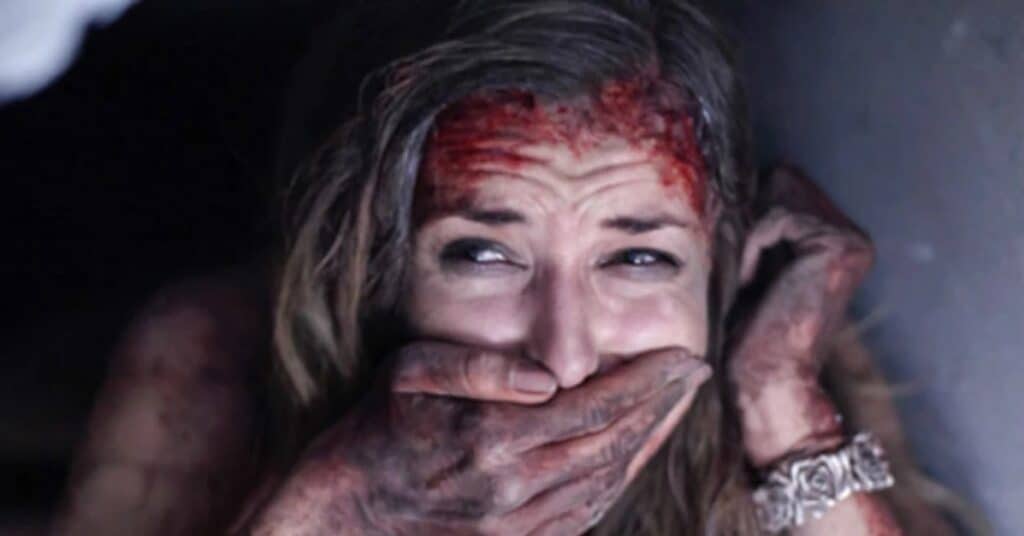
The police part of the story has a scene of suspense that resides on the other end of the spectrum, it lives in the unseen. It’s a small town so there isn’t a massive police force but the ones they have are traveling around trying to help the public that very much needs saving. At some point they enter a house after receiving a call complaining of strange screams. Whether due to budgetary constraints or just an active directing choice, we don’t see anything that goes on inside the house and instead watch through a fuzzy camera shot and listen through an enhanced audio recording. The deputies find a family that is dying from the infection and isopods, but the worst part is their pleas and begging to be killed. Shots are fired and one of the deputies is infected and subsequently killed. When the mayor and the sheriff show up to find the car, a shellshocked officer kills the sheriff and himself before the Mayor is killed in a traffic accident. While we find out the mayor ignored pleas from the now deceased oceanographers and was a classic politician, the whole scene is shocking in its brevity and bluntness.
While there are other aspects to other parts of the movie that are harrowing or downright frightening, those scenes bring everything that is horrifying about The Bay together. It’s of note that this was also produced by Jason Blum and Paranormal Activity‘s Oren Peli a bit before Blumhouse became the preeminent spook house production company. The other parts of the movie that really hit are the deft use of practical and CGI when needed and the fact that while the events and creatures are exaggerated, the isopods are very real. Cymothoa Exigua is a very real thing that attaches itself to the tongue of a fish and replaces the tongue with itself to drink the fish’s blood. This is horrifying in and of itself that it exists in nature but man, to see them the size that they are and doing it to humans is something else entirely. It gives even more frightening context to when a large school of these things attack and kill the oceanographers.
The Bay could certainly count for our other series Best Horror Movie You Never Saw as 2012 gave us heavy hitters like Prometheus, Sinister (which studies somehow say is the scariest movie of all time. Seriously, look it up.), sequels in the Underworld, Paranormal Activity, and Resident Evil franchises, and better movies like Cabin in the Woods, The Innkeepers, and Woman in Black. Hell, there were more intriguing and popular found footage movies like the fourth Paranormal Activity, Chernobyl Diaries, and the first VHS. While it’s not the BEST Horror on this list, it’s pretty different from a lot of other horror and found footage as well as bringing back a mostly dormant Eco Horror genre temporarily back. Its Black Sheep status is crowned because it’s better than its reputation and does not deserve to be as forgotten as it was, certainly not with other movies that are far worse in the decade it came from. Its not a hard movie to find streaming and it’s a fun excursion into the world of the planet striking back after getting taken advantage of.
A couple of the previous episodes of The Black Sheep can be seen at the bottom of this article. To see more, head over to the JoBlo Horror Originals YouTube channel – and subscribe while you’re there!








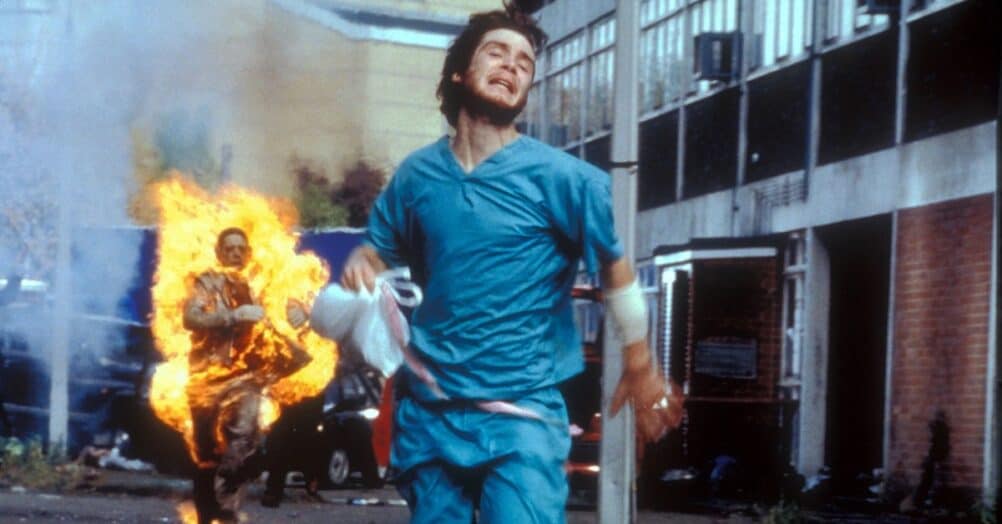





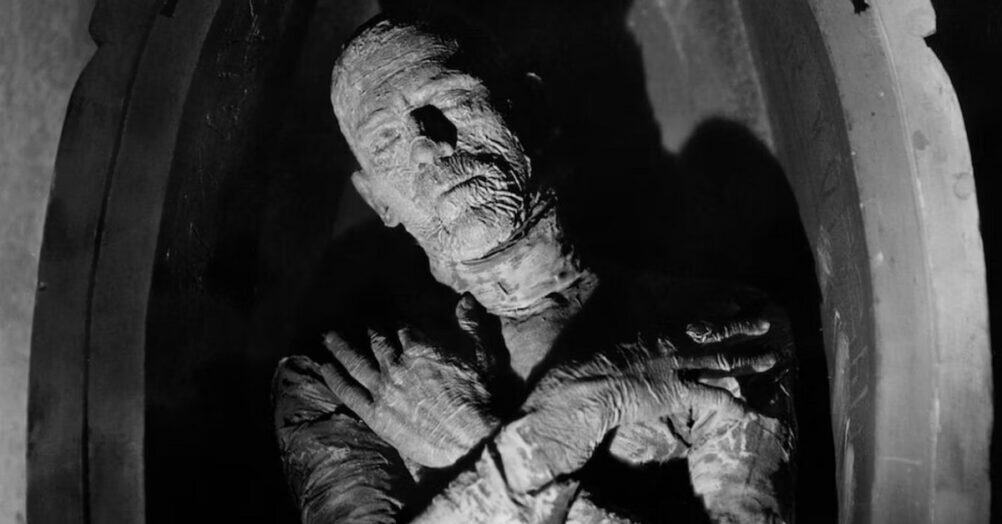
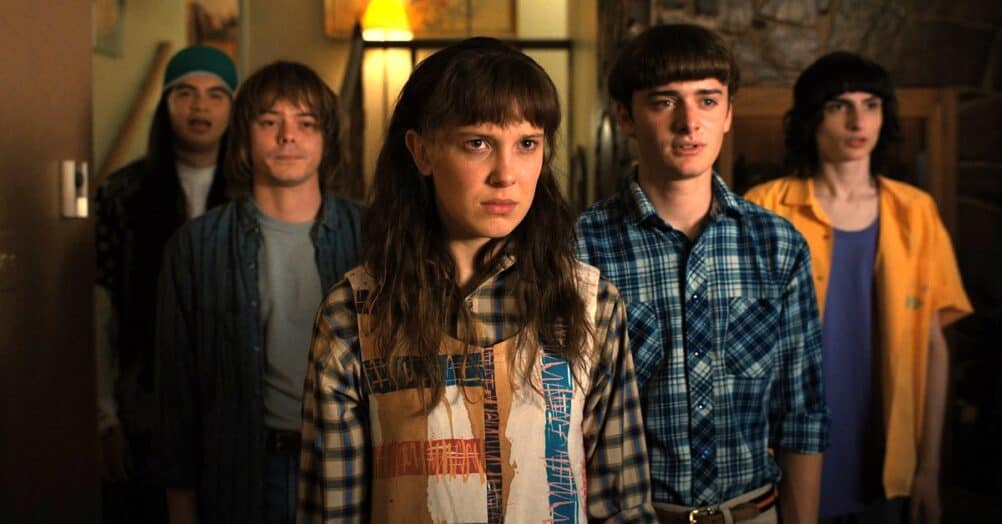


Follow the JOBLO MOVIE NETWORK
Follow us on YOUTUBE
Follow ARROW IN THE HEAD
Follow AITH on YOUTUBE